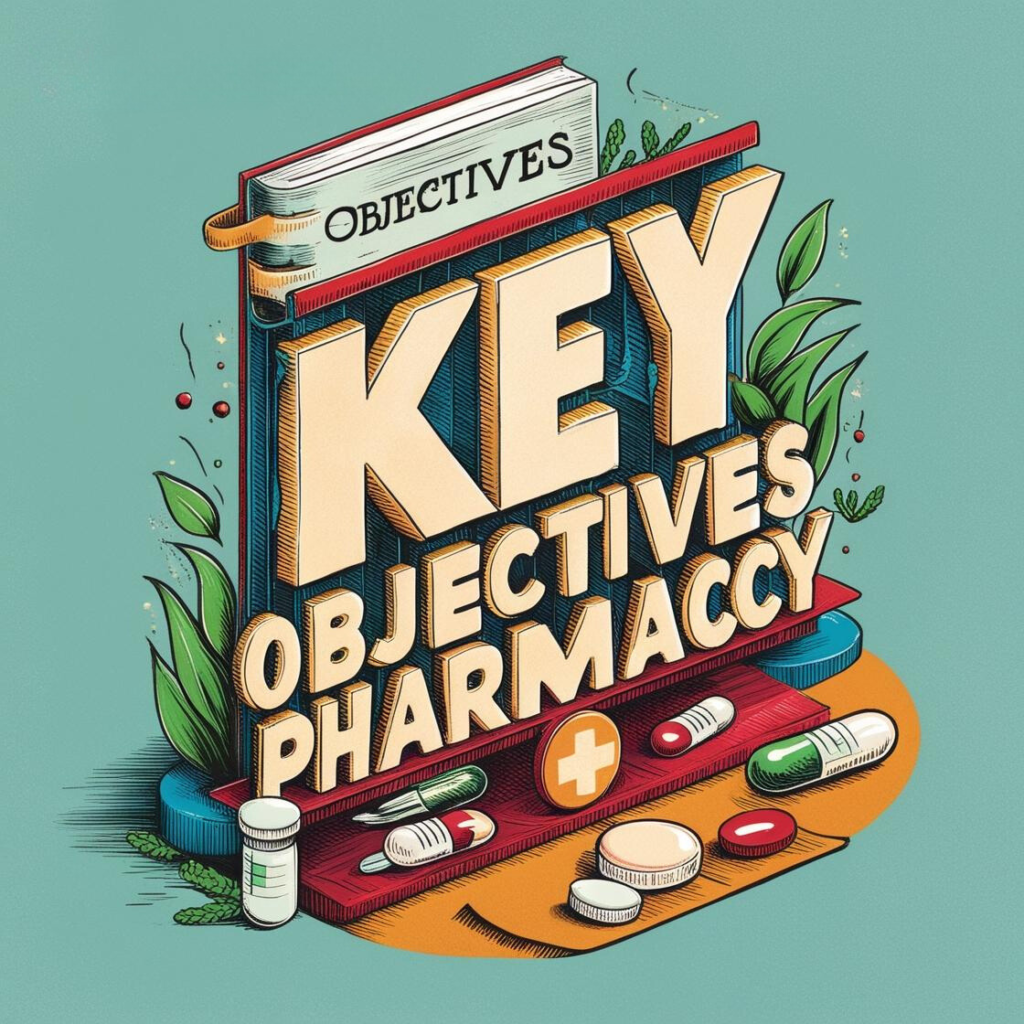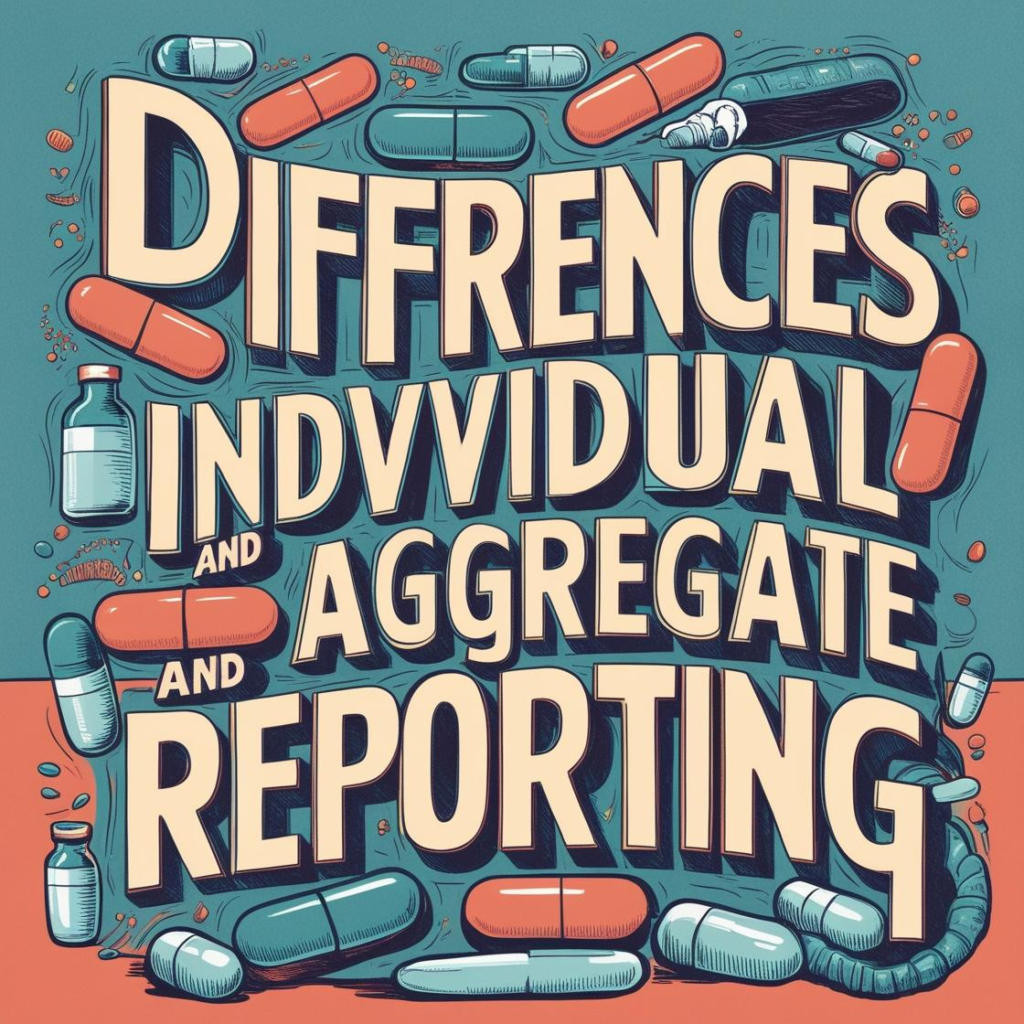Aggregate reporting in pharmacovigilance refers to the process of compiling and analyzing data on adverse events from various sources to provide a comprehensive overview of a drug’s safety profile over time. Unlike individual case reports, which focus on single incidents, aggregate reports look at patterns and trends in large datasets.
Scope: The scope of aggregate reporting is vast. It includes periodic safety update reports (PSURs), development safety update reports (DSURs), and benefit-risk evaluations. These reports are crucial for regulatory compliance and ongoing safety monitoring.
Key Objectives

The primary objectives of aggregate reporting are to:
- Identify new risks: Detect potential new adverse effects that might not be apparent in individual case reports.
- Evaluate known risks: Assess if the frequency or severity of known adverse effects is changing.
- Benefit-Risk Analysis: Provide an updated evaluation of the benefit-risk balance of the drug.
- Regulatory Compliance: Ensure compliance with regulatory requirements for periodic safety assessments.
Differences Between Individual and Aggregate Reporting

- Individual Case Reports: Focus on single adverse event cases, providing detailed information about each incident.
- Example: Reporting a case where a patient experienced severe dizziness after taking a new medication.
- Aggregate Reports: Summarize data from many cases to identify trends and patterns.
- Example: Analyzing hundreds of dizziness cases to determine if there’s a significant increase in frequency or severity since the drug was launched.
Entertaining Example

Think of aggregate reporting like hosting a neighborhood watch meeting. Imagine each neighbor is a detective. They come to the meeting with notes on strange activities they’ve noticed individually – maybe someone saw a shadowy figure, another heard strange noises, and someone else noticed an unfamiliar car parked nearby.
At the meeting, everyone shares their observations. Individually, the incidents might not make much sense, but together, they paint a picture of what might be going on in the neighborhood. Maybe all these strange activities indicate a potential new risk in the area – like a burglar planning to strike. The group then evaluates this information and decides on actions to improve neighborhood safety, such as increased patrols or installing security cameras.
In pharmacovigilance, aggregate reports serve a similar function. They take individual reports of adverse events (like those strange activities) and compile them to look for patterns and trends (like the potential burglar). This helps the healthcare and regulatory bodies to take necessary actions to ensure the safety of the drug (like installing security measures).
Aggregate reporting is a cornerstone of pharmacovigilance, providing a big-picture view of drug safety. By compiling and analyzing data from various sources, it helps identify new risks, evaluate known risks, conduct benefit-risk analyses, and ensure regulatory compliance. It’s all about keeping patients safe and ensuring that the benefits of a drug continue to outweigh the risks.



